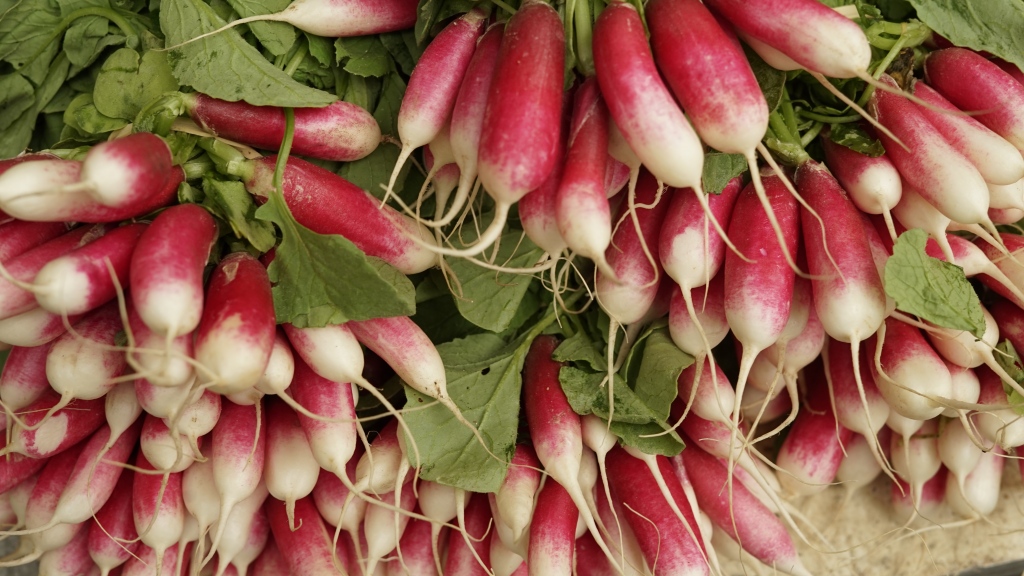If you’re looking to become a master grower of radish plants, then you’re not alone. There are many people who love to grow radishes to expend their hands-on skills and prepare food for the winter months. Here are four tips that can help ensure that you grow large radishes that you can show off to all of your gardening friends.
Get the Right PH Level
Your soil has a pH that measures how acidic it is. When it comes to planting radishes, you want to aim for about 5.8 to 6.8. This is a good range to ensure that the roots of your radish grow tasty and crispy. Avoid trying to use organic material or manure to fertilize your garden. That will likely lead to the soil being too acidic and your radish growing potential will be hindered greatly.
Till at Least Eight Inches Down
It’s ideal to plan on tilling at least eight inches of the soil. This will help the soil drainage and airflow. Depending on the size of your radish garden, you may want to get a Farmall tractor with plows to help you till the soil. If your garden is smaller, you can usually accomplish this tilling with a small rototiller or by hand with a shovel and rake.
Don’t Forget to Thin Your Plants
Radishes need proper space to grow to their fullest potential. Once your radish seedlings get to be about two inches tall, it’s time to thin them out. You should thin the foliage until there is a good three-inch gap between all your radish plants. This will ensure an adequate grow area for the radish roots in the future.
Add Wood Ashes to Your Mulch
There should be a layer of mulch covering your radish bed. You want to put down some wood ashes in this mulch for a couple of reasons. First, this helps to mitigate problems with any root maggots that your radishes may encounter over their lifespan. Secondly, this formula helps to retain moisture in the soil. This translates to your radishes having a plentiful supply of water throughout their growth cycle.
Growing large radish crops all starts with understanding what the ideal conditions are for this type of plant to thrive. The above should give you a great start on how to prepare your soil and take care of your plants as they grow. It’s best to try planting a few different varieties so you can see which ones grow best in your specific soil.
